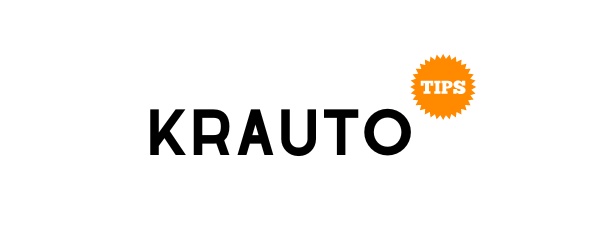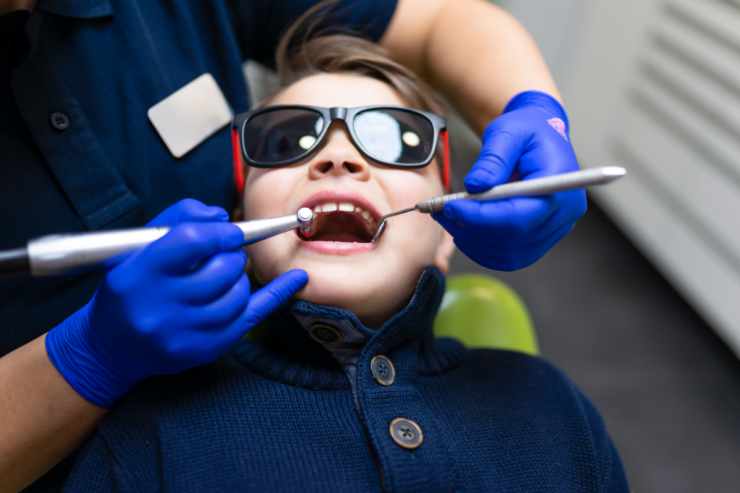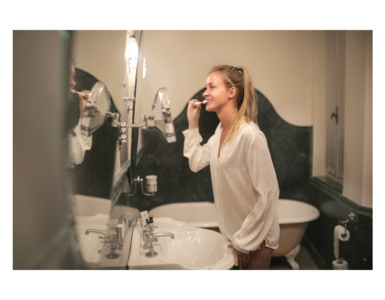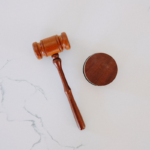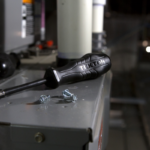Oral hygiene is more than just having a good breath and a good smile. It is a habitual healthy routine you must practice. One of the dangers of improper oral hygiene is the buildup of plaque. It is a layer of colourless bacteria that forms in the teeth, also called biofilm.
When you brush your teeth, you eliminate the remains of food particles. It is an essential practice because it eliminates starch that nourishes bacteria, forming acids that gradually weaken the tooth’s enamel.
If you don’t eliminate the nourished bacteria, it will cause plague. Here are the easiest ways of getting rid of the plaque.
Brushing Regularly
Regular brushing of teeth removes food debris trapped in-between the teeth. These foods, especially carbohydrates and soft drinks, have a lot of sugars. The sugars then break down to form starch which feeds the bacteria in your mouth, creating a biofilm layer. It is impractical to brush your teeth after every meal, but according to ADA, brushing twice a day is enough, but if you can do it more regularly, the better. ADA further recommends that you should use the recommended fluoride toothpaste and a soft toothbrush to avoid injuring your teeth and gums. The easiest and surest preventive home remedy for removing plaque is brushing your teeth.
Avoiding Sugary Foods
Who doesn’t crave chocolate, sweets, ice cream, and the likes? These are things people, especially children, should be restricted to and avoid overeating. You should know that with every bite of sugary foods, a health complication knocks, and unfortunately, your teeth are the most likely victim.
Sugary foods have starch which feeds the bacteria in your mouth. However, this doesn’t mean all sugary foods should be avoided but should be taken in small portions and not regularly. Also, make it a practice to brush your teeth after taking these foods, especially sweets, to remove starch in your mouth.
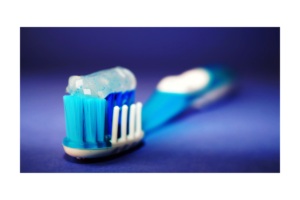 Using Mouthwash
Using Mouthwash
Brushing teeth is the best way of removing food particles in the mouth. But what about when you are at your workplace or on a flight? Well, using mouthwash is a better alternative. Mouthwash minimizes the levels of sugars in the mouth. Therefore, by rinsing your mouth with mouthwash, you reduce the action of bacteria and prevent the buildup of plaque.
Chewing Sugarless Gum
Not the most common dental hygiene practice because most people are ignorant of the advantages of sugarless gum. When chewing it, the gum removes the food particles between the teeth because of its sticky nature.
Chewing gum ensures that your mouth is free from starchy foods and carbohydrates with sugars, starving the bacteria and subsequently eliminating plaque. Additionally, the gum is sugarless, thus neutralizing the sugars in the mouth. Now you know how important this practice is!
Visiting The Dentist Regularly
Scheduling regular visits to the dentist are mandatory in dental hygiene. As much as you are doing your part in preventing plaque buildup through regular brushing, limiting sugary foods, and dental floss, these preventive measures are not 100%, and plaque can still knock.
Since the plague is colourless and may not be visible to you, the dentist will check and tell you the areas you need to improve or treat if the layer has already formed. Moreover, if he finds that the coating has developed, you will get an expert’s advice on the best practices and how to do them and prevent further formation of plaque. You will also get to know the most effective products to use.
Tips For Babies
Kids do not like bitter things like most fluorides are, and even though there is baby toothpaste, getting them to brush after meals can be challenging. A better alternative is ensuring that they rinse their mouth with water to remove food debris.
Buying your kids chocolates and sodas is something you should avoid. Challenging as it is, try to minimize sweets and stuff like that as much as you can.
Conclusion
These are elementary practices that you can use to get rid of plaque. Despite reducing sugar intake, brushing, and flossing your teeth regularly, plaque can still build up. These practices will only freshen your breath, and if you do not see a dentist, it can form tartar over time. The recommendation to visit the dentist at least twice a month is to prevent such issues.
You cannot treat tartar using home remedies, but you can prevent its formation by ensuring oral hygiene. Remember, prevention is better than cure. Eat healthy, live healthy, and you will have healthy teeth!
